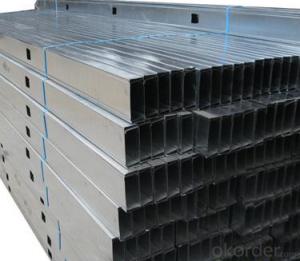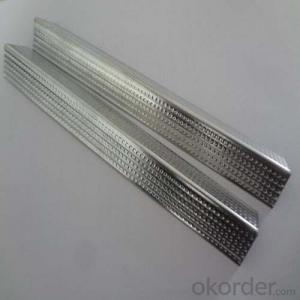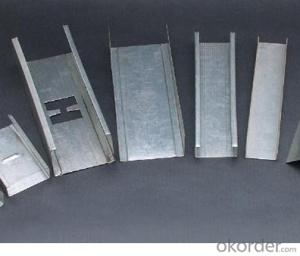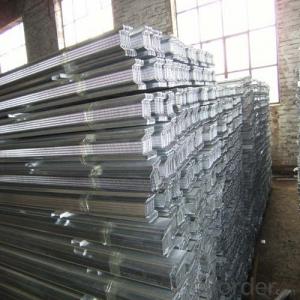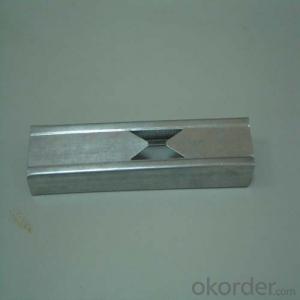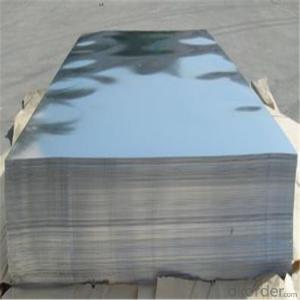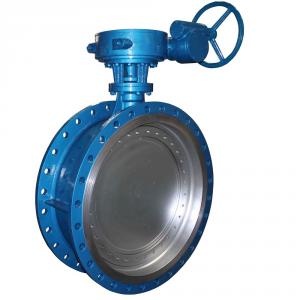Sheet Metal 4X8
Sheet Metal 4X8 Related Searches
Cut Off Wheels For Metal Grinding Wheels For Metal Track Lighting For Walls Track Lighting With Plug Metal Stainless Steel Stainless Steel Nose Stud Industrial Led Track Lighting 24 Gauge Galvanized Sheet Metal 28 Gauge Galvanized Sheet Metal 4X8 Galvanized Sheet MetalHot Searches
Used Metal Folding Chairs For Sale Large Metal Containers For Sale Metal Shop Cabinets For Sale Metal Shipping Crates For Sale Galvanized Steel Scrap Price Fiber Sheet Price In India Galvanized Steel Prices Plastic Fiber Sheet Price Upvc Roofing Sheet Manufacturer In India China Geomembrane Roll Sheet Lasani Wood Sheet Price Rhino Roofing Sheet Price List Tinplate Sheet Price Mdf Price Per Sheet 4Mm Mdf Sheet 1220X2440Mm Price Grp Sheet Price Aluminum Sheet Stock Sizes Cost Of 4X8 Sheet Of Plywood Cost Of Drywall Per Sheet Buy Sheet PlasticSheet Metal 4X8 Supplier & Manufacturer from China
Okorder.com is a professional Sheet Metal 4X8 supplier & manufacturer, offers integrated one-stop services including real-time quoting and online cargo tracking. We are funded by CNBM Group, a Fortune 500 enterprise and the largest Sheet Metal 4X8 firm in China.Hot Products
FAQ
- Indeed, automotive body panels can indeed find utility in stainless steel sheets. The usage of stainless steel in automotive applications is widely favored due to its remarkable resistance to corrosion, exceptional strength, and enduring nature. It has the ability to endure unfavorable weather conditions, road salts, and other environmental factors without succumbing to rust or degradation. Furthermore, stainless steel possesses a lightweight characteristic, rendering it an optimal choice for the reduction of a vehicle's overall weight and enhancement of fuel efficiency. Yet, it is important to note that the employment of stainless steel may incur higher costs in comparison to alternative materials, potentially impacting its broad implementation in automotive body panels.
- Indeed, there are various finishes in which stainless steel sheets are available. Stainless steel is a highly adaptable substance that can be finished in diverse manners for distinct visual and textural effects. Among the frequently used finishes are brushed, mirror, satin, and textured finishes. Each finish possesses its own distinctive aesthetic charm and can be selected according to the desired appearance and particular application demands. Moreover, the chosen finish can also influence the resistance of the stainless steel sheets against corrosion, staining, and scratching. Consequently, manufacturers provide an array of finishes to accommodate different customer preferences and specific project requirements.
- To prevent crevice corrosion in stainless steel sheets, several key steps can be taken: 1. Design and fabricate properly: Ensure that the stainless steel sheets have smooth surfaces and minimal crevices during the design and fabrication process. This will decrease the likelihood of trapping stagnant solutions and minimize the possibility of crevice corrosion. 2. Regularly clean and maintain: Clean the stainless steel sheets on a regular basis to eliminate any debris or contaminants that may contribute to crevice corrosion. Mild detergents or specialized stainless steel cleaners can be used for this purpose. 3. Avoid exposure to corrosive environments: Limit the stainless steel sheets' exposure to corrosive surroundings, such as those containing chloride ions (e.g., saltwater). If exposure cannot be avoided, consider applying protective coatings or using higher-grade stainless steel alloys that are more resistant to crevice corrosion. 4. Environmental control: Maintain proper environmental conditions, including temperature, humidity, and pH levels, to minimize the risk of crevice corrosion. Monitoring and controlling these factors can create a less favorable environment for corrosion to occur. 5. Regular inspection and maintenance: Conduct routine inspections to identify any signs of crevice corrosion, such as discoloration, pitting, or rough surfaces. If any corrosion is detected, take immediate action to remove it and repair the affected area. By implementing these preventive measures, the risk of crevice corrosion in stainless steel sheets can be significantly reduced, ensuring their durability and performance.
- Certainly, decorative applications can certainly make use of stainless steel sheets. Stainless steel possesses great versatility, allowing it to be shaped, patterned, and finished in a variety of ways, rendering it an exceptional option for decorative purposes. Its sleek and contemporary look adds a dash of sophistication to any area, and it can be utilized in a multitude of ways, such as wall cladding, backsplashes, cabinet fronts, countertops, and furniture embellishments. Moreover, stainless steel sheets exhibit remarkable durability, resistance to corrosion, and ease of maintenance, making them an ideal choice for both indoor and outdoor decorative applications.
- Yes, stainless steel sheets can be used for architectural cladding. Stainless steel is a popular choice for architectural cladding due to its durability, corrosion resistance, and aesthetic appeal. It provides a sleek and modern look to buildings while also offering a long-lasting and low-maintenance solution for exterior cladding applications.
- There are several different types of stainless steel sheet thicknesses available, each serving different purposes and applications. The most common stainless steel sheet thicknesses range from 0.4mm to 3.0mm, with increments of 0.4mm. These sheets are typically used for general purposes, such as construction, automotive parts, and household appliances. For more specific and specialized applications, thinner stainless steel sheets are available, with thicknesses ranging from 0.1mm to 0.3mm. These thinner sheets are often used in industries such as electronics, telecommunications, and medical equipment manufacturing, where precise and delicate components are required. In contrast, thicker stainless steel sheets, ranging from 3.0mm to 20mm or more, are used for heavy-duty applications such as industrial machinery, shipbuilding, and construction projects that require structural integrity and durability. It's important to note that the specific stainless steel sheet thicknesses available may vary depending on the manufacturer and the intended use. Additionally, custom thicknesses can be manufactured to meet specific project requirements.
- The appearance and texture of brushed and polished stainless steel sheets vary. Brushed sheets have a matte finish achieved by brushing the surface with an abrasive material, which creates parallel lines or patterns. This finish helps conceal scratches and fingerprints, making it popular for durable applications. On the other hand, polished sheets have a glossy finish achieved by polishing with a fine abrasive compound. This process eliminates imperfections and scratches, resulting in a mirror-like reflection. The polished finish is more visually appealing and commonly used for decorative purposes. In summary, the main distinction between brushed and polished stainless steel sheets lies in their appearance and texture. Brushed sheets have a textured, matte finish that is more resistant to scratches and fingerprints, while polished sheets have a smooth, glossy finish that provides a mirror-like reflection. The choice depends on the desired aesthetic and specific application requirements.


